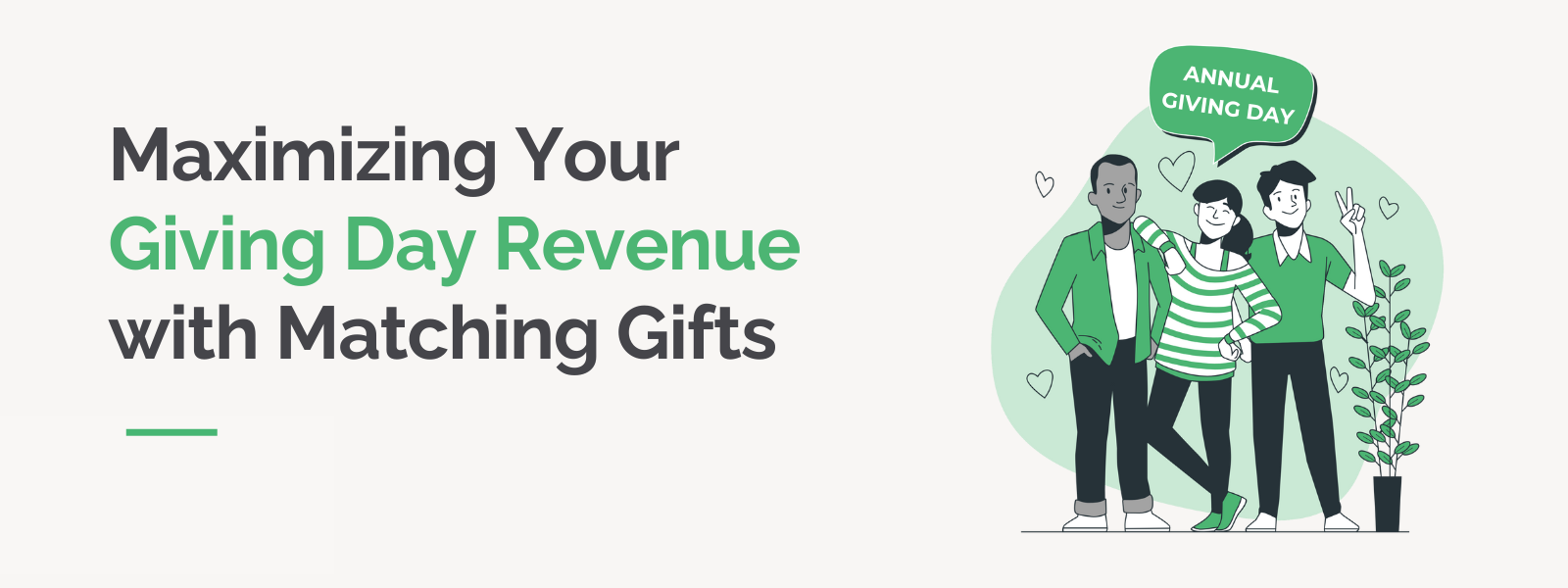
Maximizing Your Giving Day Revenue with Matching Gifts
Hundreds of institutions are gearing up for their yearly Giving…
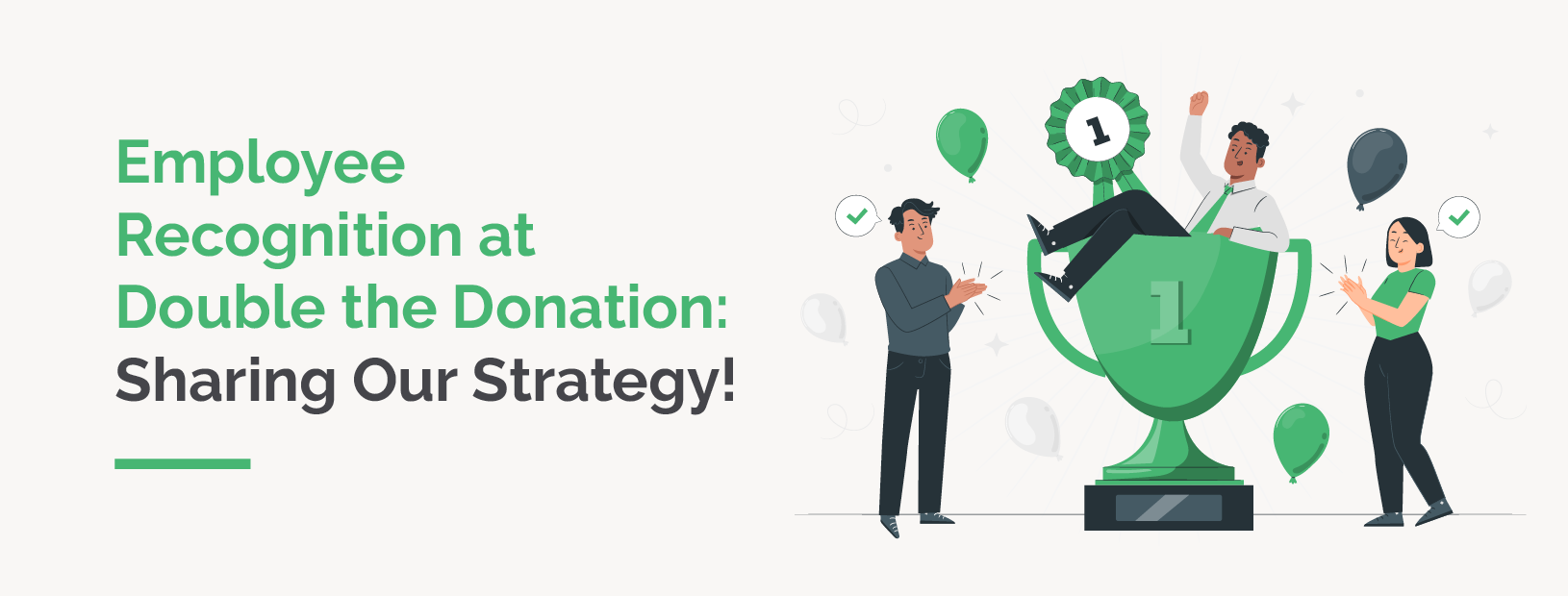
Employee Recognition at Double the Donation: Sharing Our Strategy!
Like so many modern businesses, our team at Double the Donation has…
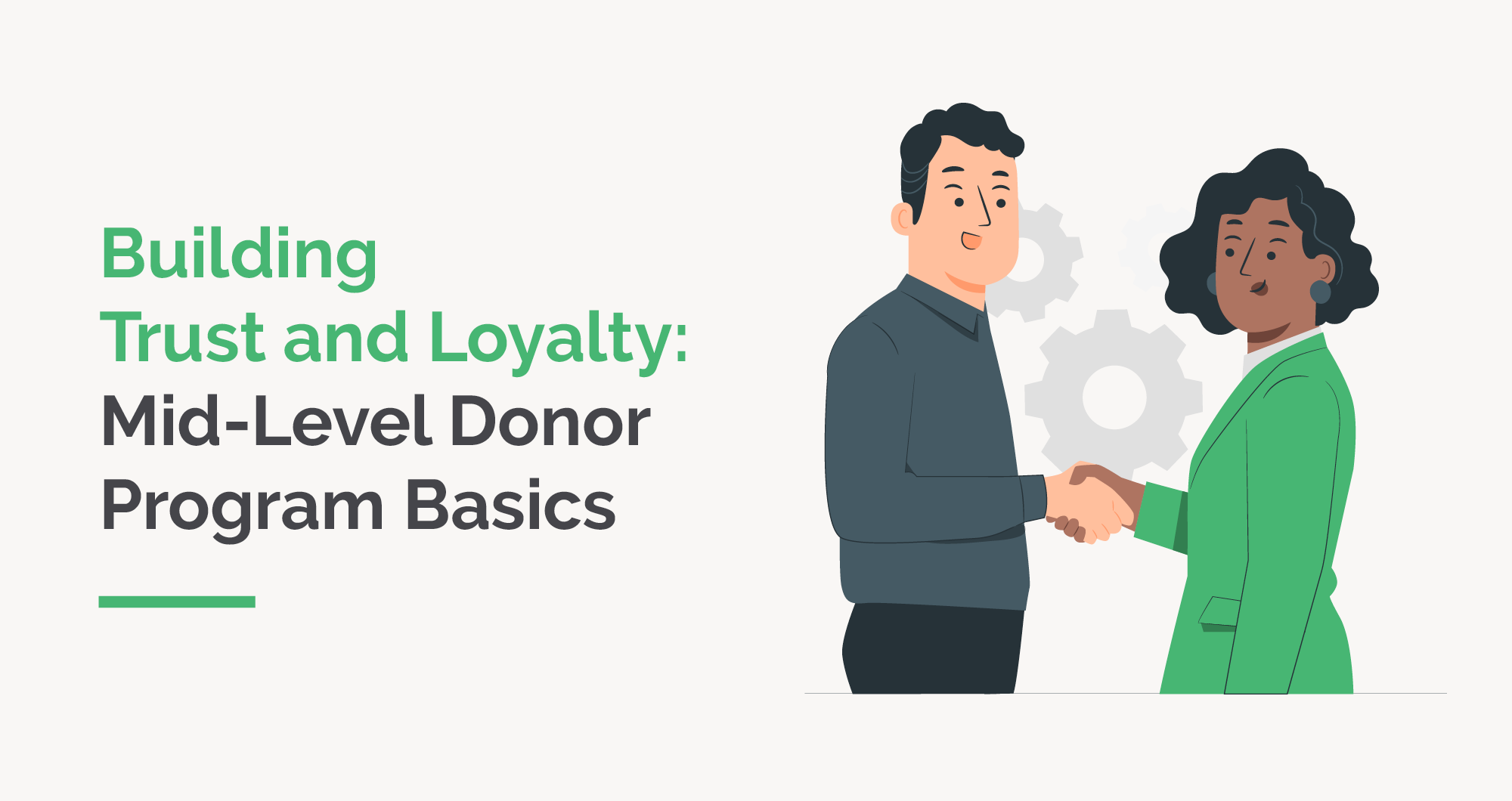
Building Trust and Loyalty: Mid-Level Donor Program Basics
Because they don’t exist in the same spotlight as your major…

The Fundraiser’s Guide to Powerful Corporate Partnerships
Corporate partnerships play a pivotal role in advancing nonprofits’…
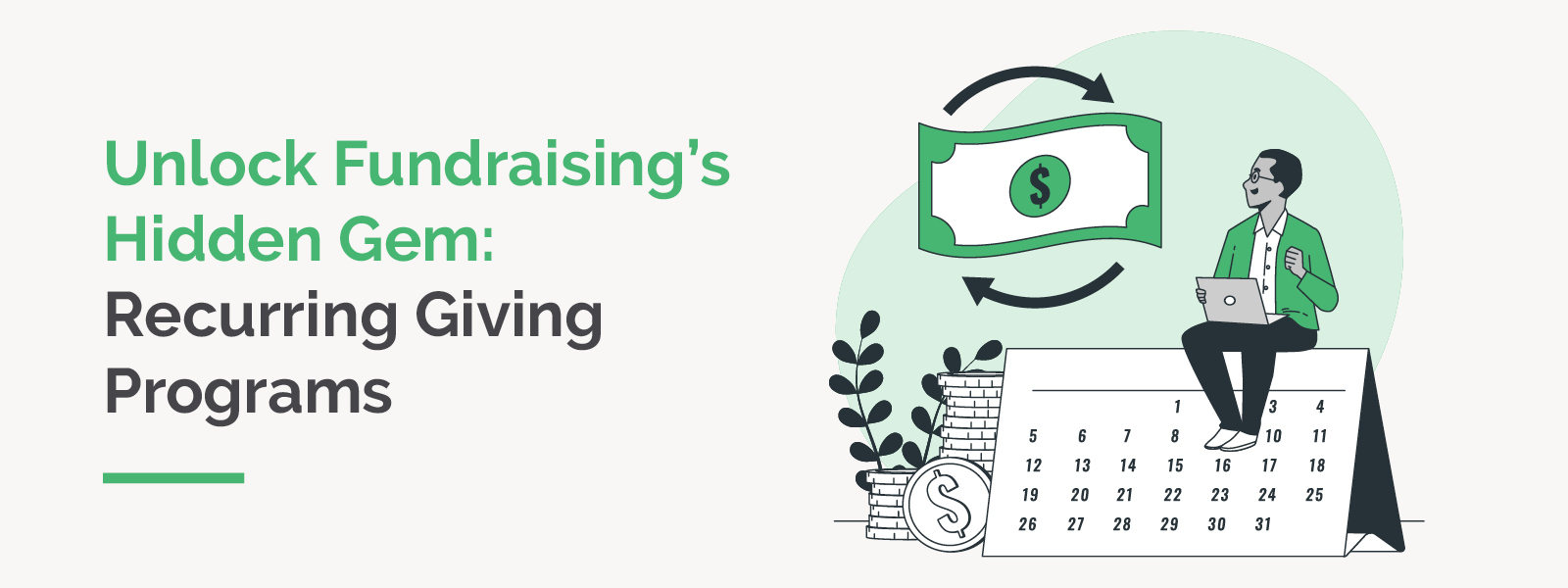
Unlock Fundraising’s Hidden Gem: Recurring Giving Programs
Two of the most common challenges nonprofits face include operating…
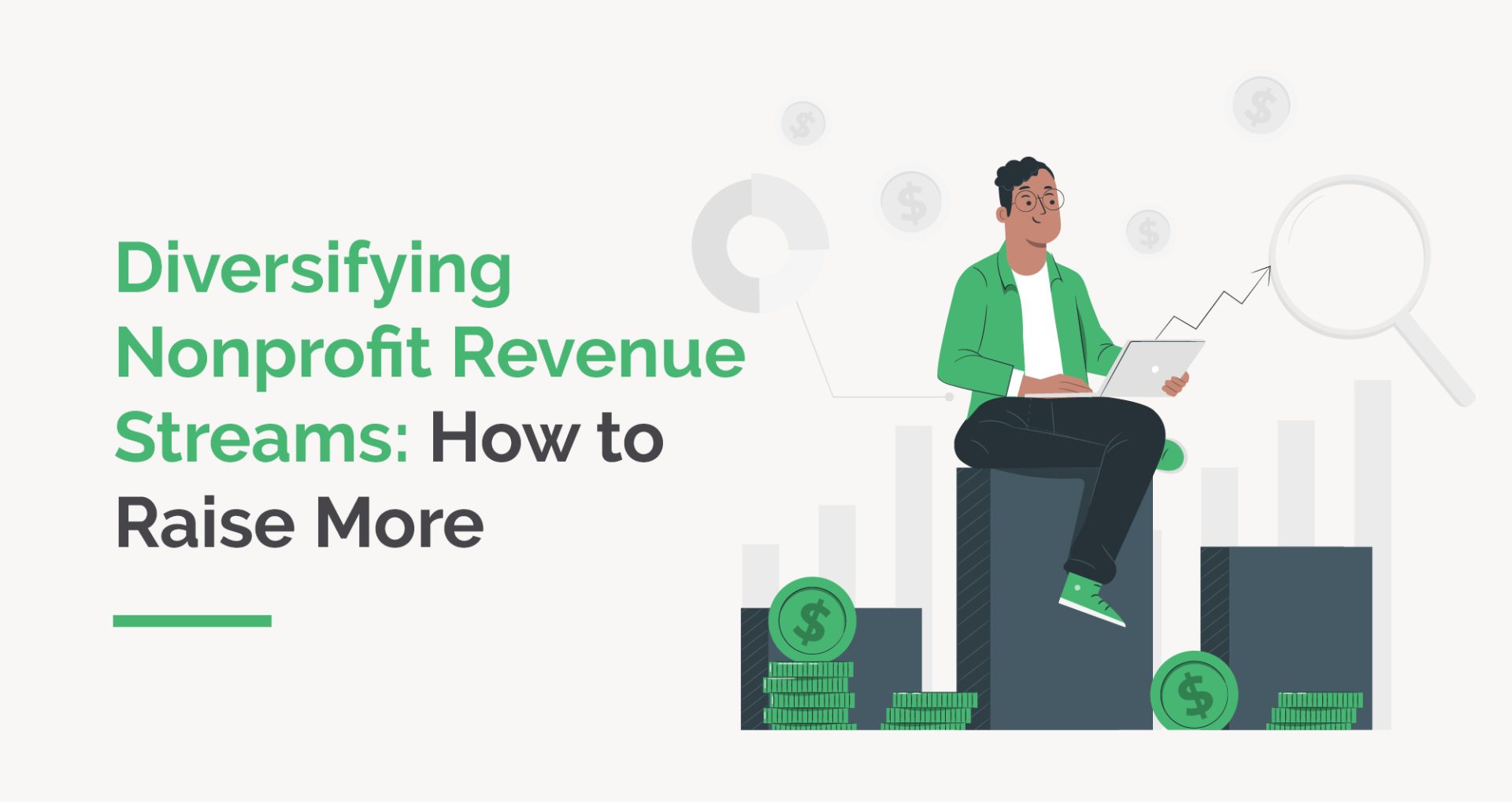
Diversifying Nonprofit Revenue Streams: How to Raise More
As a nonprofit professional, acquiring funds to power your mission…
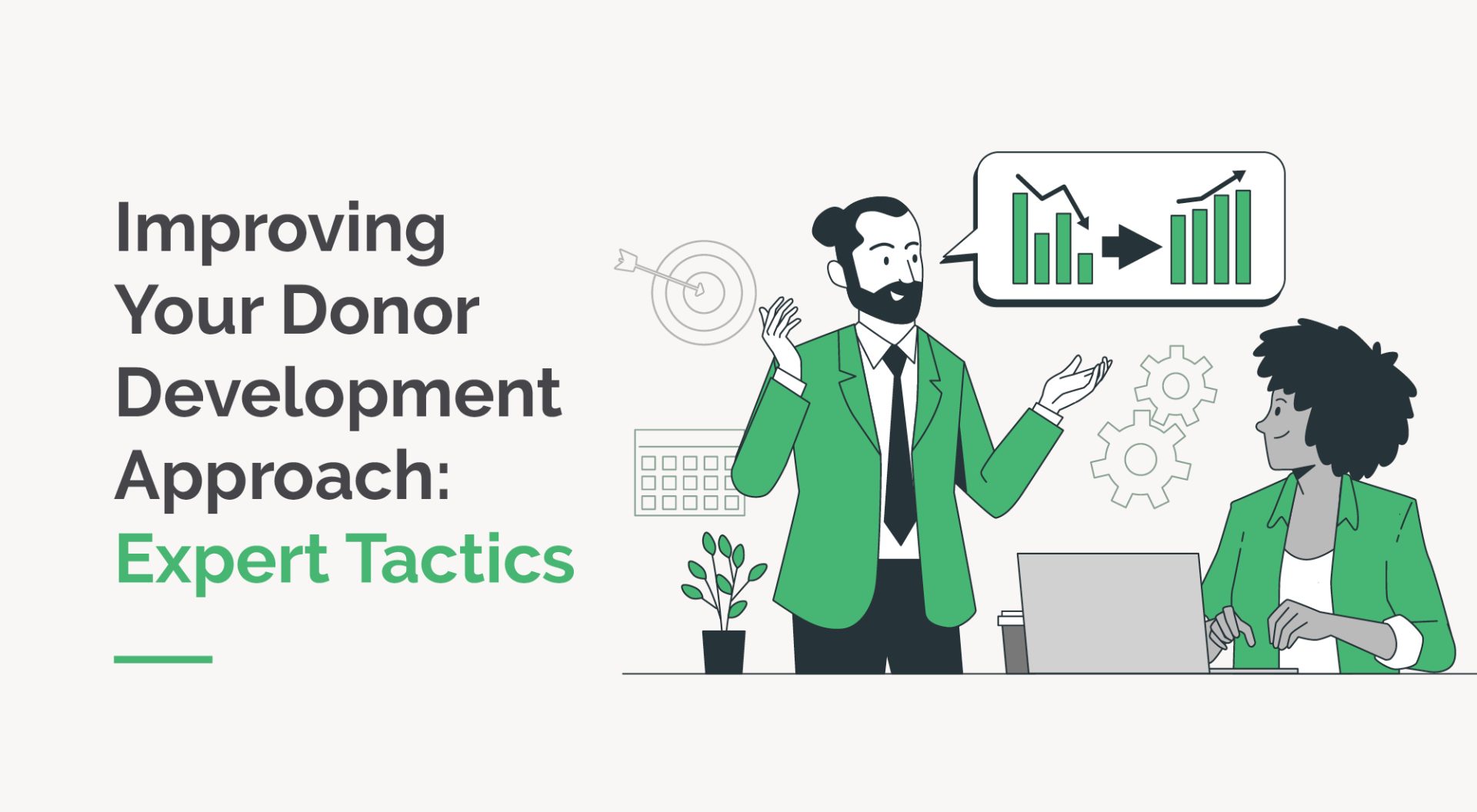
Improving Your Donor Development Approach: 15 Expert Tactics
Every nonprofit professional’s dream is to cultivate a donor…

The Ultimate Guide to Employer Appends for Fundraisers
You likely gather many details about your donors—those who…
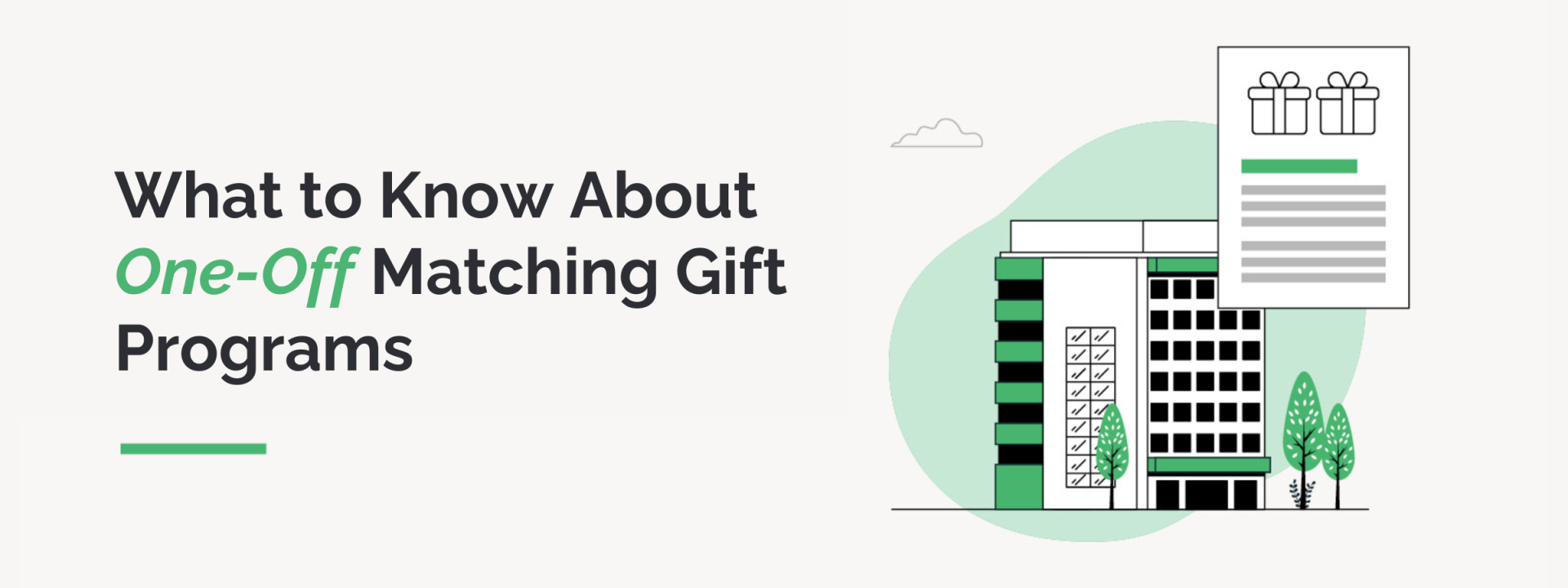 https://doublethedonation.com/wp-content/uploads/2023/10/What-to-Know-About-One-Off-Matching-Gift-Programs.png
720
1920
Adam Weinger
https://doublethedonation.com/wp-content/uploads/2025/11/DTD-horizontal-logo-300x63.png
Adam Weinger2024-01-19 05:00:532025-10-01 14:32:04One-Off Matching Gift Programs | What to Know For Your Org
https://doublethedonation.com/wp-content/uploads/2023/10/What-to-Know-About-One-Off-Matching-Gift-Programs.png
720
1920
Adam Weinger
https://doublethedonation.com/wp-content/uploads/2025/11/DTD-horizontal-logo-300x63.png
Adam Weinger2024-01-19 05:00:532025-10-01 14:32:04One-Off Matching Gift Programs | What to Know For Your Org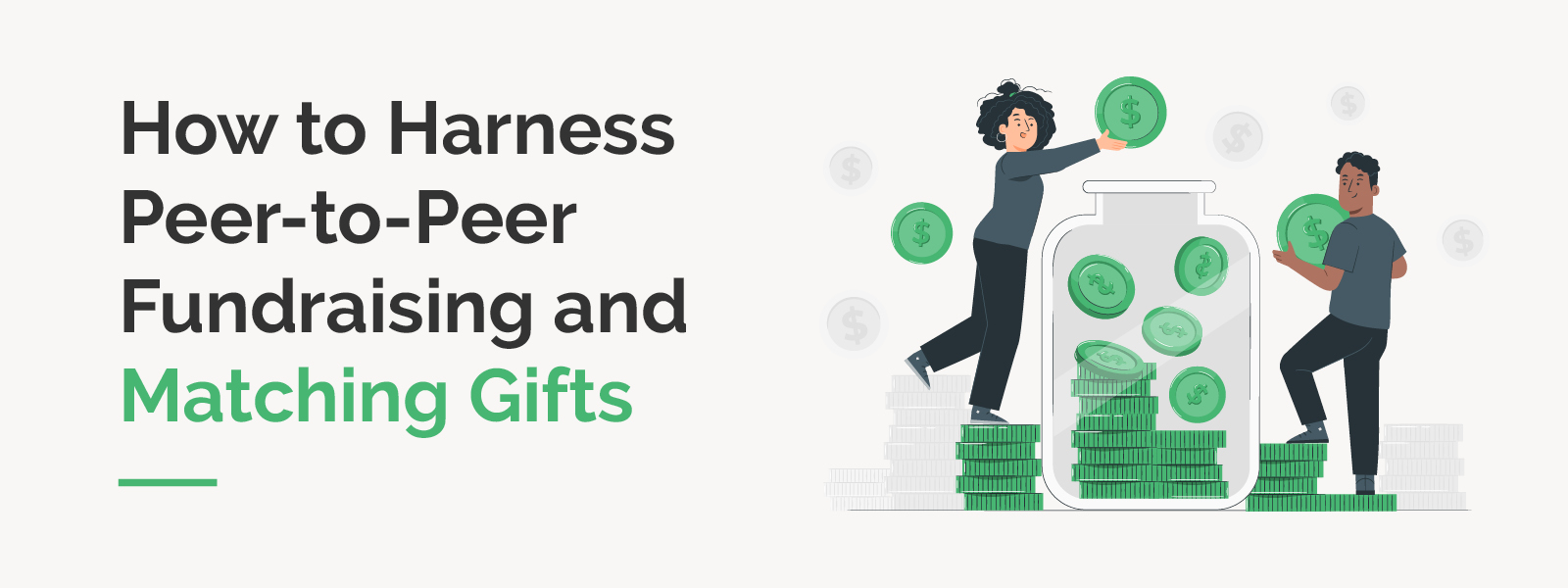
How to Harness Peer-to-Peer Fundraising and Matching Gifts
Peer-to-peer fundraising is a great way to extend your fundraising…

